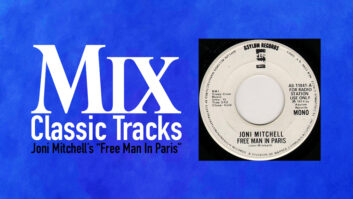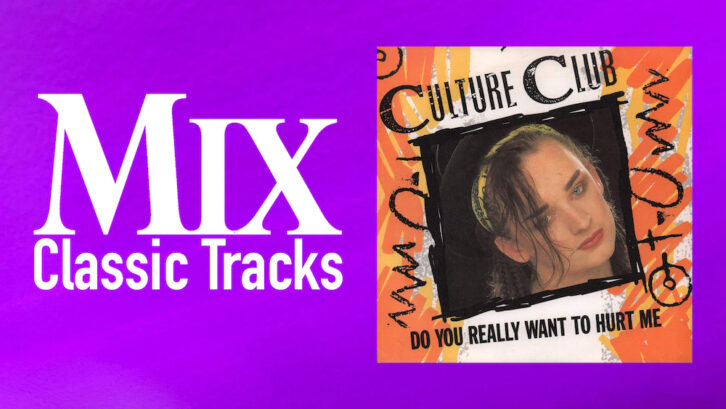
In the summer of 1982, Culture Club was smarting from two failed singles released that spring in its native U.K., but the group soon proved that the third time was the charm. The reggae-tinged torch song “Do You Really Want to Hurt Me” hit Number 1 on the U.K. charts in October 1982, and soon mirrored that success around the world. Once it became the band’s first U.S. release in November, the song spent five months climbing to the No. 2 spot on the Billboard Hot 100 in late March 1983, only kept out of the top position by Michael Jackson’s “Billie Jean.” Considering the conservative nature of the era, having frontman Boy George delivering soul-drenched heartache in full makeup and androgynous attire, and yet having it resonate so strongly with the public, was a testament to the song’s universal appeal.
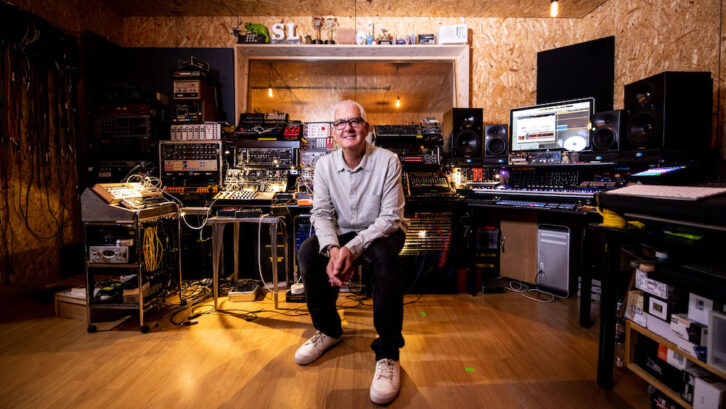
Producer Steve Levine was on board with Culture Club from the band’s earliest studio recordings. Already a young up-and-comer with an affinity for music technology, he wisely spent his publishing advance from Rondor Music on an early LinnDrum, which gave him an edge, as his demo recordings sounded much better than those of his peers.
EMI offered Levine a production deal, setting him up in its studios, which, were outfitted with Abbey Road Studios’ discarded equipment, including a 16-track Neve desk. Levine also had access to Rondor’s four-track demo studio, where Culture Club’s manager initially put Levine with the group for some sessions in January 1982.
It was a period of musical transition in the U.K., as the tastes of the day were shifting away from punk to new wave. In Culture Club, the only member with any real musical experience was drummer Jon Moss, who had been in several other bands, including The Damned. Says Levine from his studio in Liverpool, England, “Jon is an incredible drummer and should have had more credit in the drumming world for how tight he was.” Meanwhile, keyboardist/guitarist Roy Hay, who made a living as a hairdresser, didn’t actually own a guitar, which made his contributions all the more impressive. Bassist Mikey Craig had a built-in feel for rhythm.
And amid all that, Boy George, says Levine, was practically fully formed as a songwriter—without ever having recorded anything beyond a cassette while jamming with his bandmates.
Quickly signed to Virgin Records, Culture Club released “White Boy” and “I’m Afraid of Me” as singles that spring; while both were reflective of the New Romantic club scene in London at the time, neither made a dent in the public consciousness.
Classic Tracks: Duran Duran’s “Hungry Like The Wolf”
Even so, there were BBC radio hosts who were keen on the group, including Peter Powell, who wanted them to do a radio session—for which they needed a third song. The band had demoed “Do You Really Want to Hurt Me” at Rondor with a Roland CompuRhythm CR-78 drum machine and a Korg Delta synthesizer acting as an electric piano, but the subsequent BBC session version heavily influenced how Levine would record the band going forward.
“The very first-ever recording outside the demo was cut live at the BBC,” says Levine. “At a BBC session, you’re only allowed three hours to do the whole lot, which is ludicrous. We cut it live to save time. That’s when I first thought, ‘That’s an interesting way of doing George’s voice, cutting it live with the band rather than overdubbing.’”
Prior to recording “Do You Really Want to Hurt Me,” when Culture Club and Levine were experimenting with ideas and the vocal sound hadn’t been established yet, Boy George shared with Levine a particular style of delay vocal with a dub echo effect that he had found on white-label reggae records sourced from Dub Vendor, a legendary London record shop specializing in ska and reggae. There was a marked Lovers’ Rock vibe that Boy George wanted to capture with his vocal.
“We used the CR-78 to create that feel, then it became a natural thing that developed,” Levine remembers. “We never said we were going to make a reggae song, but there were elements in the way the song was crafted that became that, such as the echo on George’s vocal and Roy’s ‘jank-jank’ guitar. Once we had Jon with real drums, he got the beat—the CR-78 makes an appearance in the last fading moments because we loved the feel of the original demo. And from day one, Mikey, who has absolute reggae influences on the bass, that bassline—‘du-du-du-dum-dum’—was there from the first second the drum machine was playing.”
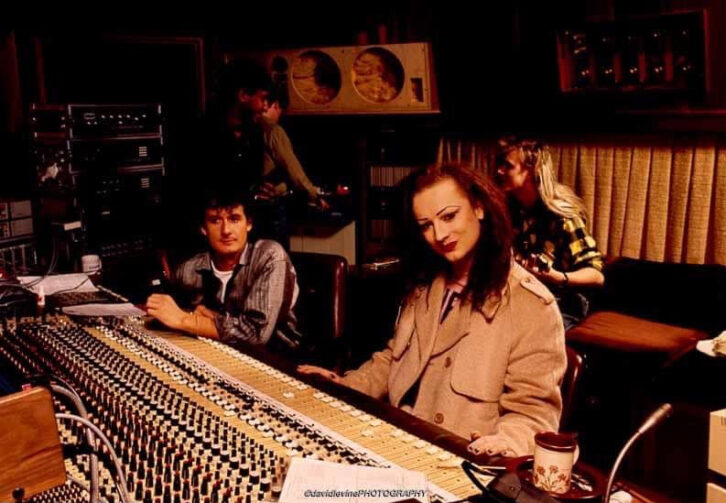
On the official studio recording of “Do You Really Want to Hurt Me,” the vocal is one take, cut live with the band, one performance from “top to toe,” no edits, using about a dozen of the 24 tracks that were available to them at London’s Red Bus Studios. The studio was laid out with an MCI JH542B console at the center of a control room padded with shag pile carpet, while the live room was carpeted with a drum booth to the left and the back of the room covered in mirrored tile for a more “live” sound.
“The problem was, if George did his vocal in the room, you couldn’t screen him off enough to get the separation,” says Levine. “Because I was adding the dub echo live to the vocal, it would have also picked up the drums, and that’s unbelievably annoying to play to. There was a corridor between the control room door and the studio that was also padded with the shag pile carpets, as dead as anything, [so] George was singing in there. There was a window so the band could see George. Looking to my right, I could see George; looking straight ahead, I could see Roy and Mikey; and looking slightly to my left, I could see Jon. The sound of George’s vocal on that record is the sound of a dead room, but there’s a weird reflection from the door; that’s why it’s got that weird sound on it.”
For Boy George’s vocals on “Do You Really Want to Hurt Me,” Levine used a Neumann U 87 with the MCI desk’s microphone preamp and dbx 160 and 165 compressors, depending on what was available in the racks. On the mix, Levine once again leaned into whatever was on-hand: At times, the vocal was compressed using a dbx 900 rack, as well as de-essers, while reverb-wise, Levine tapped into his AMS selection, particularly an AMS DMX 15-80, which is the “classic stereo wobbly pitch.” Also used were a Roland Space Echo, and his MCI 30 ips tape machine with a tight head gap.
Red Bus’ echo plates were also used. Says Levine, “The plates were shared with the different studios, so if I got a plate I liked, I would record it on two tracks so I had it, because the next day, that plate may not be available. The gear was unreliable in those days, as well. I had a Quantec QRS/L Room Simulator; it was hit and miss if that would work, and if it worked, I always used to print that.”
While the “Do You Really Want to Hurt Me” performance was done in one take, there were overdubs, including for Hay’s keyboards, with the Korg Delta used for the strings, which Levine and Hay played together in order to get the bend. The introduction, with Helen Terry’s backing vocals, was recorded separately and edited into the song later.
Terry’s role became a key component to Levine’s approach toward Boy George’s vocals. “George has a unique sound in his voice; it doesn’t really sound double-tracked like most people’s voices,” says Levine. “There might be the very, very rare exception, but on almost no Culture Club records that I’ve produced is there more than one George vocal. It’s literally a main vocal.”
Levine used Terry’s ability to mimic Boy George and replicate his range to multitrack the melody six times—two in the left, two in the right and two in the center—to create 3D for stereo. Because he didn’t have many tracks to work with, those would be bounced to stereo, then they would do three or four harmonies. In some cases, the melody was done in octaves, as well.
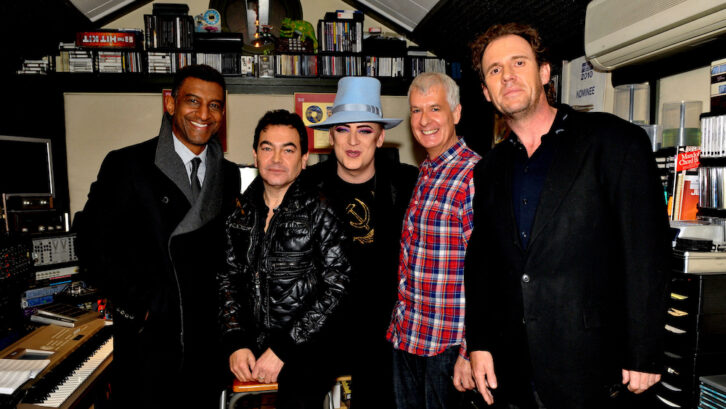
Over four decades after his first sessions with Culture Club, Levine remains in close touch with the group that gave him the biggest success of his career.
“We argued all the time,” he says, “but we only argued on a healthy level: ‘How can we make this record better’ or ‘How can we improve this or that?’ We all had a desire to make this successful, we all had the right ego—the ego of wanting people to hear what we were doing. Records take a long time to make, and a lot of effort goes into them. We were working very hard on those records. Once we had the success of ‘Do You Really Want to Hurt Me,’ it really helped us get to the next level.”
It certainly did—“Do You Really Want to Hurt Me” was nominated for a Grammy for Best Pop Performance by a Duo or Group in 1984, and Culture Club was awarded the Grammy for Best New Artist. The song became the first step in the multi-platinum group’s astronomical success; they would go on to hit the U.S. Top 40 nine times in the next four years and ultimately sell 50 million records worldwide.




